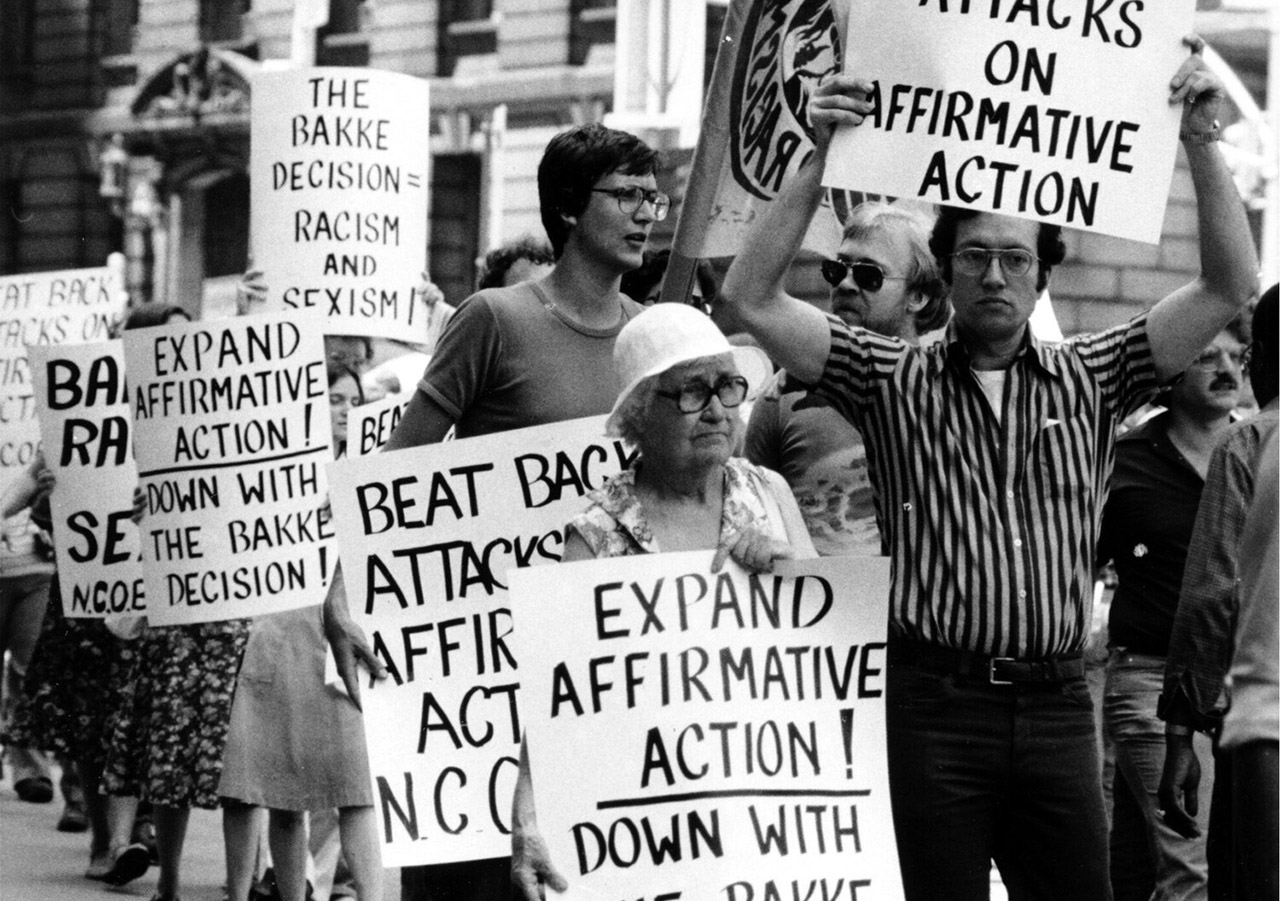Given the Past, Is Affirmative Action Necessary Today?
The legal system has played a powerful role in constructing and maintaining race and racial discrimination. Often, advances and setbacks around racial discrimination have been impacted by the courts. Affirmative action policies are an example of an issue that has been and continues to be shaped by court decisions. This inquiry provides students the opportunity to look closely at past legal decisions and current arguments for or against affirmative action. They will also examine historical laws that cemented race within the United States and legalized racial discrimination. Together, these historical and contemporary documents and discussion questions will challenge students to think about possible solutions to the current conflict around affirmative action in higher education.

Helpful Hints
- Historical Empathy
- When reading and discussing issues, encourage students to try taking the perspective of people from that time period when discussing point of view.
- Discussion Questions
- The discussion questions are the key element of the lessons. It is imperative that students discuss questions amongst themselves with the teacher acting as the facilitator. Please refer to guidelines on transactive discussion tips and techniques.
- Writing prompts
- Writing prompts are also key in reinforcing the new information and the discussion that has taken place. The prompts allow students to integrate the perspectives they have heard into a cohesive argument.
- Make sure students complete writing prompts even if it means assigning the prompt as homework.